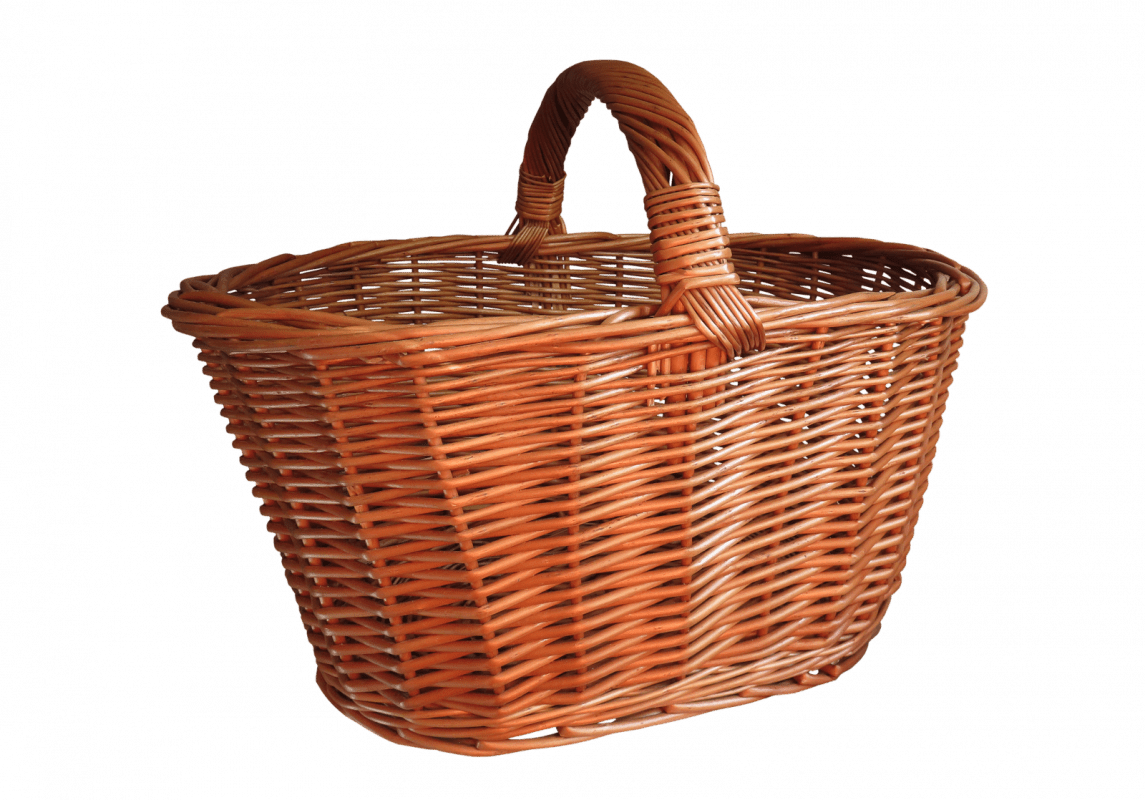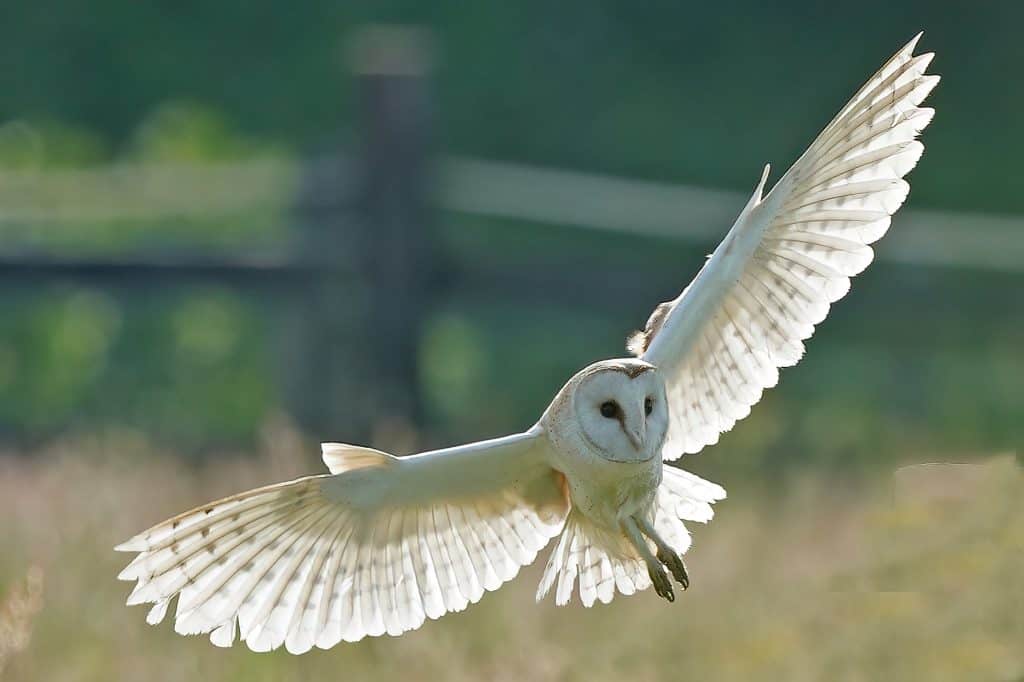Blue Tit
Cyanistes caeruleus
RSPB Conservation Status – Green
Last seen – 5-3-23
The Blue Tit is a small and vibrant bird native to Europe and Asia.
Instantly recognizable due to its blue and yellow plumage, the Blue Tit is a beloved bird in gardens and woodlands across the UK.
In winter, family flocks join up with other tits as they search for food. A garden with four or five blue tits at a feeder at any one time may actually be feeding 20 or more.
Facts
Population – Over 3,000,000 breeding territories
Length – 12 cm
Wingspan – 18 cm
Weight – 10 – 12 g
Breeding
The breeding season for Blue Tits starts in April or May, depending on the location.
They typically build their nests in tree holes, crevices, or nest boxes, and both males and females take turns incubating the eggs, which hatch after around 14-16 days.
The chicks are fed by both parents and fledge after around 21 days.
Habitat
The Blue Tit can be found in a wide variety of habitats, including woodlands, parks, gardens, and hedgerows.
They prefer areas with plenty of trees and shrubs, as these provide both food and shelter.
They are also known to adapt well to urban environments, and can often be seen nesting in nest boxes put up by homeowners.
Food
The Blue Tit is an omnivorous bird, feeding on a wide variety of food including insects, spiders, and caterpillars.
They are also known to eat seeds and nuts, and can often be seen feeding on peanuts and suet balls in gardens.










